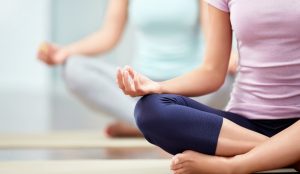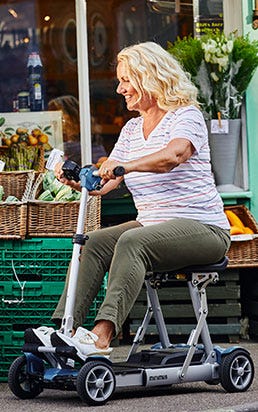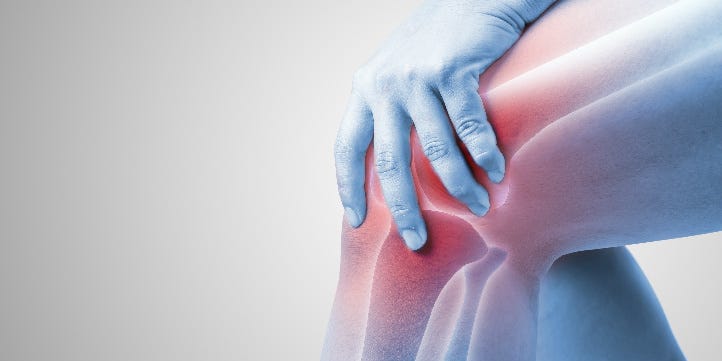Many people use mobility aids because of a physical condition they can do nothing about, whether it’s a disability, injury, or something else. But for some people, a mobility aid is required due to pain and restriction in the joints that could be avoided or improved.
By making adjustments to your lifestyle – and sticking with them – it may be possible to reduce how much you rely on a mobility aid in daily life. So, what lifestyle changes could you make to keep your joints healthy?
Lose Excess Weight to Reduce Joint Pressure
Arguably the most common cause of avoidable joint issues is being overweight. The extra weight on your frame requires your joints to do more work than they should have to, resulting in pain and inflammation.
By adopting a healthier diet and doing exercise where possible – more on that later – you’ll notice an improvement in pain and mobility levels.
Specifically, it’s estimated that every pound of excess weight lost can reduce the pressure on the knees by four pounds, a common problem area for many.
Exercise to Support and Nourish Your Joints
Exercise may be the last thing you want to do when your joints hurt, but the benefits are indisputable. It’s best to start with a form of aerobic exercise that will go easy on your joints, so avoid running and choose something like swimming instead.
The benefit of this aerobic exercise is that it will help increase blood flow, keeping the cartilage in your joints nourished and healthy. This will help reduce discomfort. As the pain drops, you could consider introducing higher impact aerobic exercise.
Our Electric Circulation And Muscle Exerciser is a great way to exercise without having to leave your home, or your chair!

Another form of exercise that can help is strength training with an exercise band. Of course, heavy weights can have a negative effect on areas like the knee joint, but lighter weights – or even using your own body weight – are much gentler.
By building muscular strength you can take some of the strain away from your joints as there is more surrounding muscle to support them. Essentially, the muscle acts like a shock absorber.
Stretch It Out
An extension of exercise to help joints is stretching. Like aerobic exercise this helps nourish the joints, but instead of doing so with blood flow it does so with the fluid in the joint. This will reduce stiffness and wear and tear. You can do this with basic stretches or with something like yoga.
Massage and Heat Your Feet
For tired and aching feet we have a range of foot massagers and warmers to choose from, including the Zest Infrared Foot Massager. For the ultimate in home pampering, why not treat yourself to a foot massage?
Consider Supplements or Medication
If you find that a change in lifestyle doesn’t quite have the results you were hoping for, then it may be worth considering supplements or medication.
Glucosamine and chondroitin are two that have shown benefits to joint health in some studies, but they are yet to be proven to be definitively effective. Always consult your doctor before starting any new supplements as they may interact with any prescribed medications you take.
The next step up from this is over the counter painkillers that provide short-term relief during the most painful moments. Familiar medications such as paracetamol, ibuprofen, and aspirin can potentially provide sufficient pain relief. However, always follow the dosage and be aware that if you’re taking it daily for a long period of time it may not continue to be as effective.
Each of these treatments for joint pain can be undertaken at home and may help your mobility. However, should your joint pain be extremely severe or fail to improve, the best thing to do is visit your doctor for further diagnosis and treatment.


 Price Match Promise
Price Match Promise
 Next day delivery, 7 days a week
Next day delivery, 7 days a week
 Nationwide Showrooms
Nationwide Showrooms
 Rated Excellent
Rated Excellent






